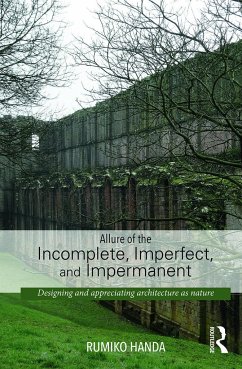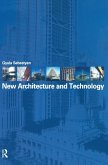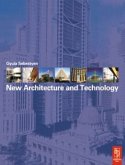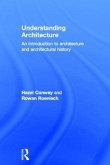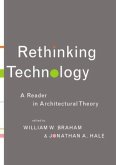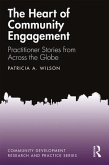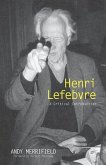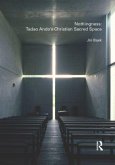Architects have long operated based on the assumption that a building is 'complete' once construction has finished. Striving to create a perfect building, they wish for it to stay in its original state indefinitely, viewing any subsequent alterations as unintended effects or the results of degeneration. The ideal is for a piece of architecture to remain permanently perfect and complete. This contrasts sharply with reality where changes take place as people move in, requirements change, events happen, and building materials are subject to wear and tear. Rumiko Handa argues it is time to correct this imbalance. Using examples ranging from the Roman Coliseum to Japanese tea rooms, she draws attention to an area that is usually ignored: the allure of incomplete, imperfect and impermanent architecture. By focusing on what happens to buildings after they are 'complete', she shows that the 'afterlife' is in fact the very 'life' of a building. However, the book goes beyond theoretical debate. Addressing professionals as well as architecture students and educators, it persuades architects of the necessity to anticipate possible future changes and to incorporate these into their original designs.
'Readers of this book will be introduced to a rather rare sort of intellectual honesty together with an author's concern for the concrete reality of architectural works. Rumiko Handa exposes and then overcomes the current tendency to view the building that exists in fact as equivalent to the one that exists in the mind: all-of-a-piece, flawless, and lasting. Examples from both Western and Asian architecture are adduced to provide persuasive revisions of concepts of authorship, longevity, and the building's participation in the natural world. Offering a new sense of architecture's endings, this book allows us to imagine new beginnings.' - David Leatherbarrow, University of Pennsylvania
'Readers of this book will be introduced to a rather rare sort of intellectual honesty together with an author's concern for the concrete reality of architectural works. Rumiko Handa exposes and then overcomes the current tendency to view the building that exists in fact as equivalent to the one that exists in the mind: all-of-a-piece, flawless, and lasting. Examples from both Western and Asian architecture are adduced to provide persuasive revisions of concepts of authorship, longevity, and the building's participation in the natural world. Offering a new sense of architecture's endings, this book allows us to imagine new beginnings.' - David Leatherbarrow, University of Pennsylvania

